Art Monthly 435
April 2020
Georgina Starr
Interviewed by Maria Walsh
Decolonising Decolonialism
Morgan Quaintance
No New York
John Douglas Millar
Letter from Istanbul
John Parton
Buy Now – select:
Want to read this right now?
Get instant access to the entire back catalogue via Exact Editions from only £8.99!
Contents
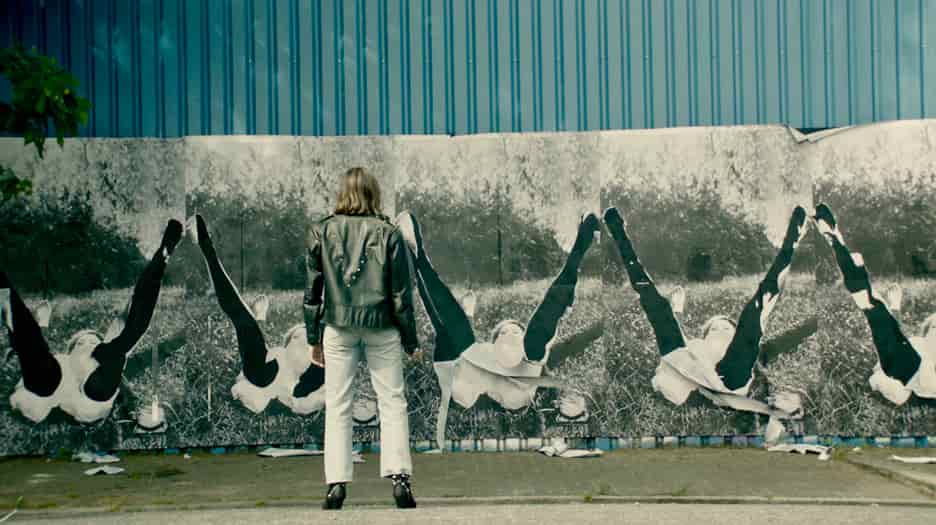
Georgina Starr, Quarantaine, 2020
Feature
Hearing Voices
Georgina Starr interviewed by Maria Walsh
The idea that you could hallucinate and it wouldn’t be visual but auditory, that’s quite fascinating to me. It only happened a few times over a year when I was a kid and we never really got to the bottom of it, but it was something that stayed with me.
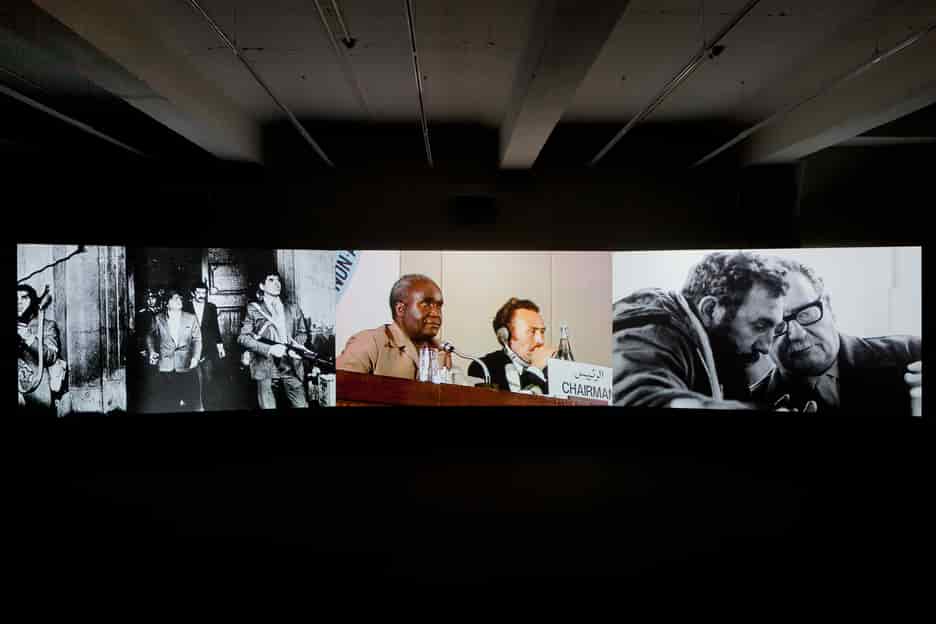
Naeem Mohaiemen, Two Meetings and a Funeral, 2017
Feature
Decolonising Decolonialism
Morgan Quaintance challenges the reductive conception of the decolonial project
This abhorrent state of affairs can only continue if the partial decolonial view within the art world remains in place, a view that also passes over in silence the invasion, plunder and seizure of one land’s sovereignty, infrastructure and natural resources by a foreign power – that is to say, real and literal colonisation.
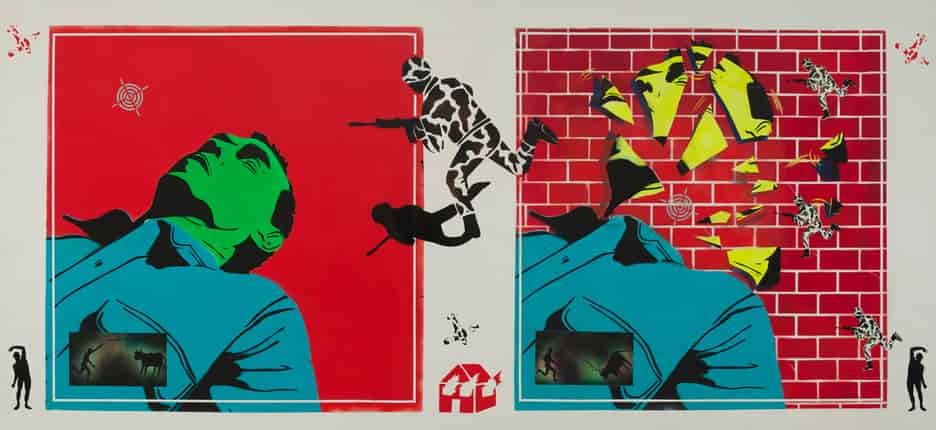
David Wojnarowicz, Untitled (Green Head), 1982
Feature
No New York
John Douglas Millar argues that the recent historicisation of David Wojnarowicz’s work fails its radicalism and continued relevance to the present
At the time, New York City was bankrupt, leaving little scope for major redevelopment or gentrification, so the ruined piers flickered briefly into life as almost utopian spaces of queer living and culture. Dangerous, liminal, cut off from the main body of Manhattan, unreachable other than by foot or bicycle, they were the precise antithesis to the established institutions of art on the Upper East Side where the Whitney resided at the time.
Editorial
Apocalypse Now
While Dominic Cummings insisted government held a steady course towards the cliff edge before performing a last-minute ‘switcheroo’, concerned citizens could see disaster looming and took action into their own hands (in the art world this meant pre-emptively cancelling events and closing galleries), but the deadly cost of this delay is yet to be counted.
Every disaster reveals to us something of ourselves: Russia spreads disinformation, China shuts down, Americans buy guns, the Italians sing to each other, the Australians take to the beach and the British literally take to the hills.
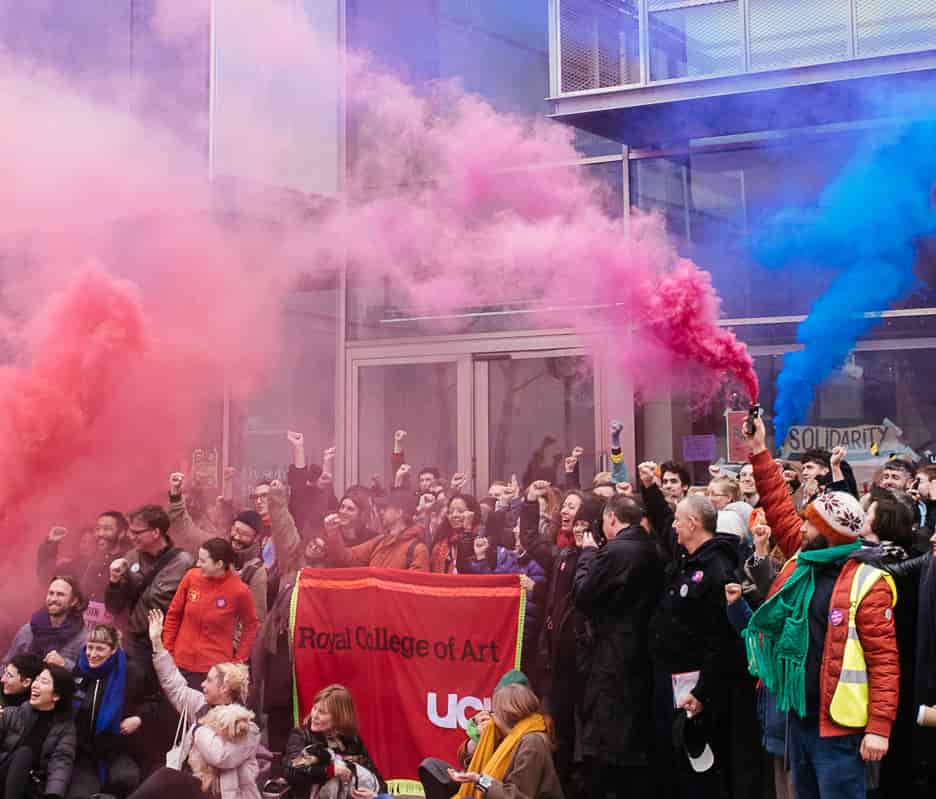
picket line outside Royal College of Art, London, 10 March 2020
Letter
Reflections on Education from the Frontlines
Members of the Royal College of Art’s University and College Union question the commercialisation of university-based art education; and the RCA responds.
Within educational structures, openness, curiosity, experiment, freedom, discipline, generosity, engagement and equality breed the same. This is equally true of their insidious opposites.
Letter
Cleaners’ Rights
Central Saint Martins students Elvira García and Álvaro del Fresno call out UAL’s outsourcing of its low-paid workers.
As part of our strike action this year, in which 74 other campuses across the UK also took strike action, from 9th to 11th March UAL students occupied London College of Communication, demanding all contracted cleaners to be employed by UAL.
Artnotes
Covid-19
The art world shuts down as the SARS-CoV-2 virus begins to spread around the world; ACE responds to the Covid-19 pandemic with strong leadership and significant financial support; former a-n director Susan Jones calls for the arts sector to offer immediate direct financial support to artists as freelance workers fear falling through large cracks in the state’s support schemes; new research suggest that arts degrees may cost graduates £100,000 in lost income; ACE releases its annual diversity report and calls for more urgent action from the organisations it funds; Shell is ousted as a sponsor of the Southbank Centre and the British Film Institute; plus the latest news on galleries, appointments, prizes and more.
Obituaries
Ulay (Frank Uwe Laysiepen) 1943–2020
Dominic Johnson
Genesis Breyer P-Orridge 1950–2020
Andrew Wilson
Panamarenko 1940–2019
Martin Holman
Barbara Steveni 1928–2020
Gareth Bell-Jones and Jo Melvin
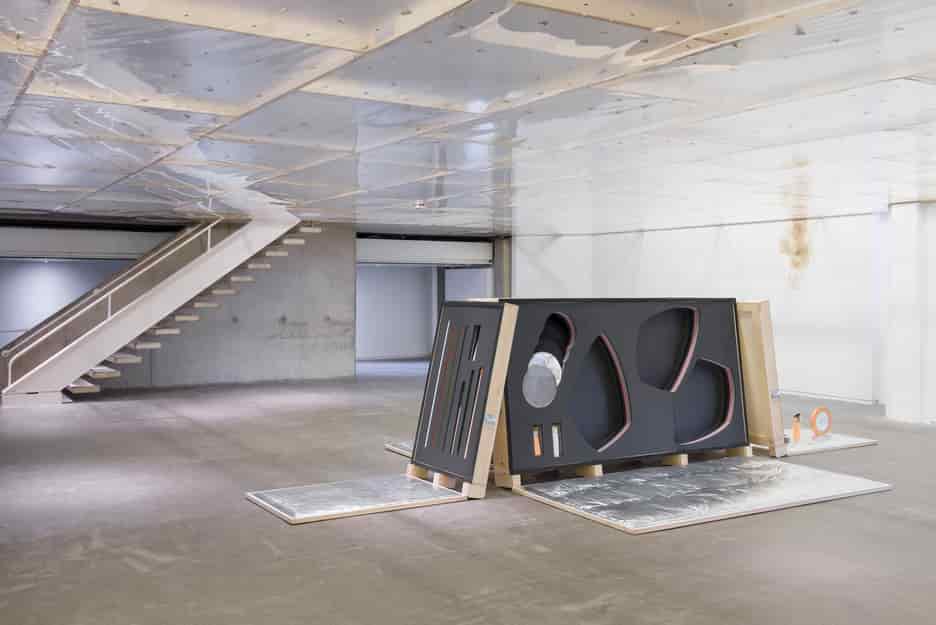
Gabriel Kuri, ‘spending static to save gas’, Douglas Hyde Gallery
Exhibitions
Gabriel Kuri: spending static to save gas
Douglas Hyde Gallery, Dublin
Conal McStravick
Cameron Rowland: 3 & 4 Will. IV c. 73
Institute of Contemporary Art, London
Tendai Mutambu
Stellenbosch Triennale: Tomorrow there will be more of us
Various venues, Cape Town
Don Handa
Sean Edwards: Undo Things Done
Ty Pawb, Wrexham
Tom Emery
Radical Figures: Painting in the New Millennium
Whitechapel Gallery, London
Amy Tobin
Cauleen Smith: Mutualities
Whitney Museum, New York
Gemma Sharpe
Johanna Unzueta: Tools for Life
Modern Art Oxford
Peter Suchin
Chooc Ly Tan: Crepuscular Dreams of (Dis-) Alienation
Banner Repeater, London
Tabitha Steinberg
Julijonas Urbanos: Planet of People
Collective Gallery, Edinburgh
Martin Vincent
Transparent Things
Goldsmiths CCA, London
Alex Bennett
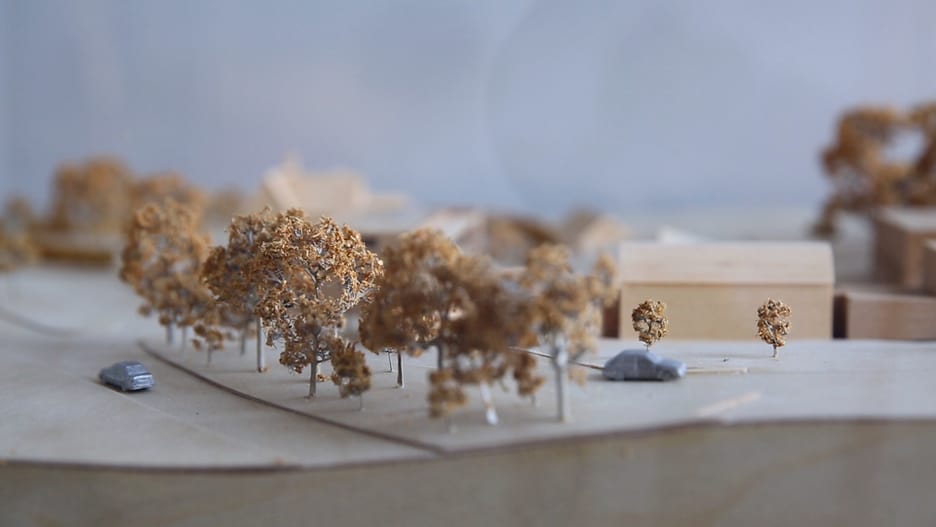
Helen Cammock, They Call it Idlewild, 2020
Film
Helen Cammock: They Call It Idlewild
Maria Walsh
Helen Cammock’s film essay weaves together a number of otherwise mutually exclusive strands to reframe the social and cultural meanings of ‘idleness’ and its stake in creative work.
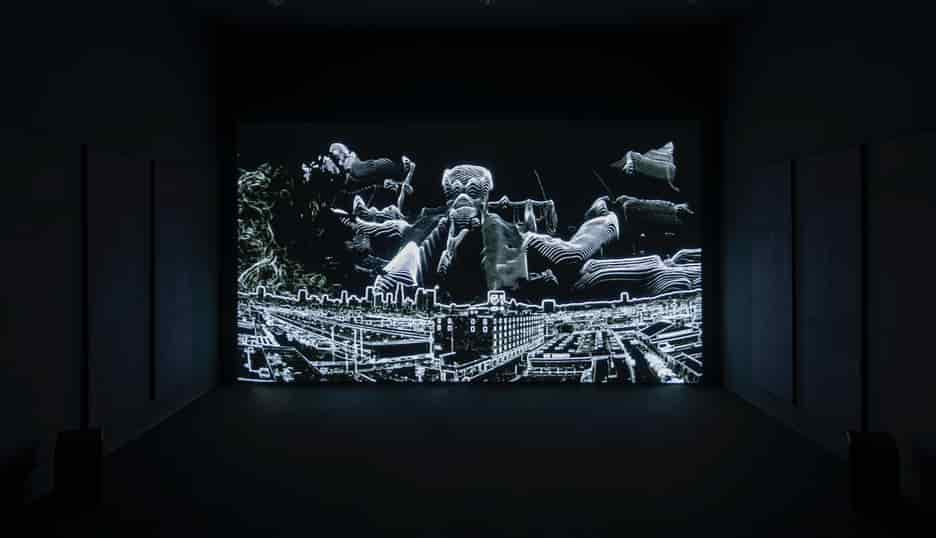
Leslie Thornton, Ground, 2020
Film
Leslie Thornton: Ground
Adam Hines-Green
As in much of Leslie Thornton’s work it appears that catastrophe, individual or collective, is the engine of discovery. Endings reign; newfound understanding beckons. Sometimes, it seems to be the other way round: acquired knowledge generates destruction.
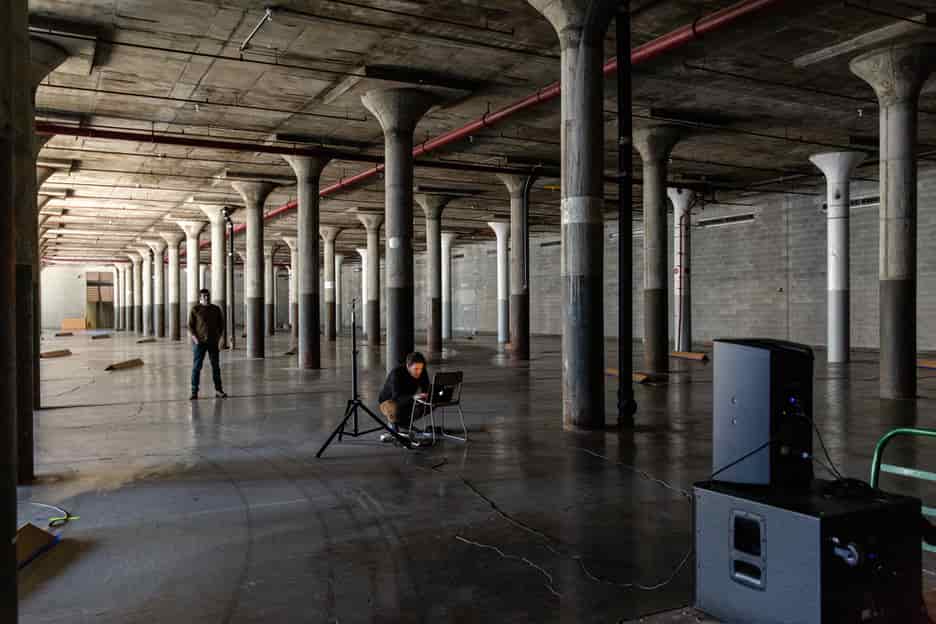
Carl Craig, Party/After Party, 2020
Sound
Carl Craig: Party/After-Party
Wen Tao
The affinity between Carl Craig and Dia is thematic as well as aesthetic. Techno’s tradition of engaging with industrial spaces has a particular meaning for Detroit.
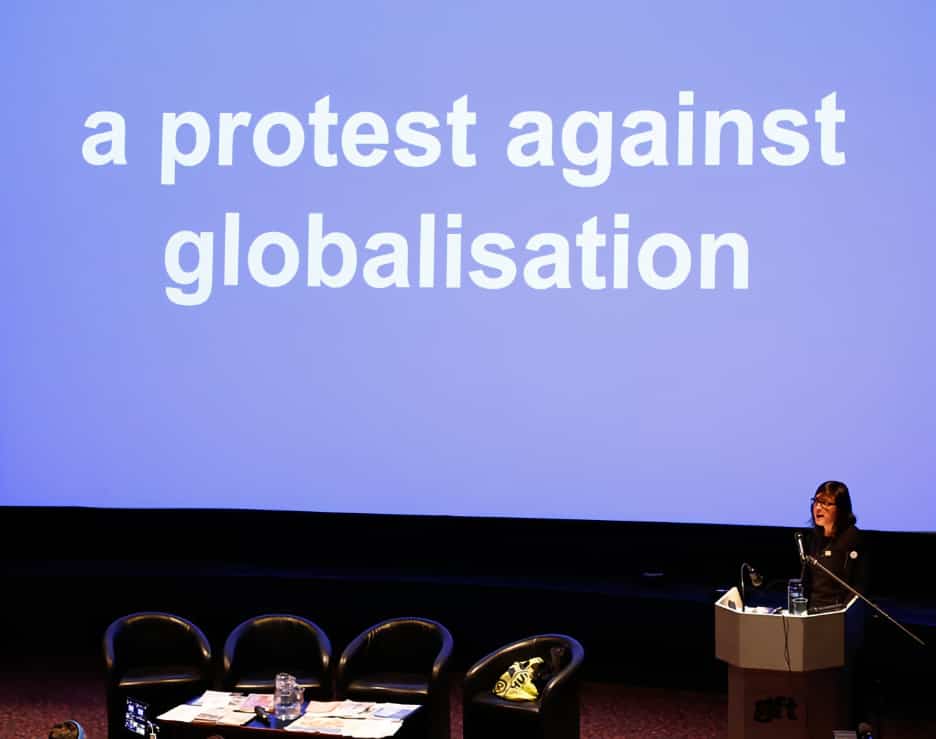
Ellie Harrison speaking at the Glasgow Film Theatre about The Glasgow Effect in 2017
Books
Ellie Harrison: The Glasgow Effect
Elinor Morgan
Ellie Harrison scrutinises the background of the project, the haranguing she received on social media and her experience of undertaking the work. For me, the discussion about how the social-media berating affected her health and emotions is one of the most timely aspects of this narrative.
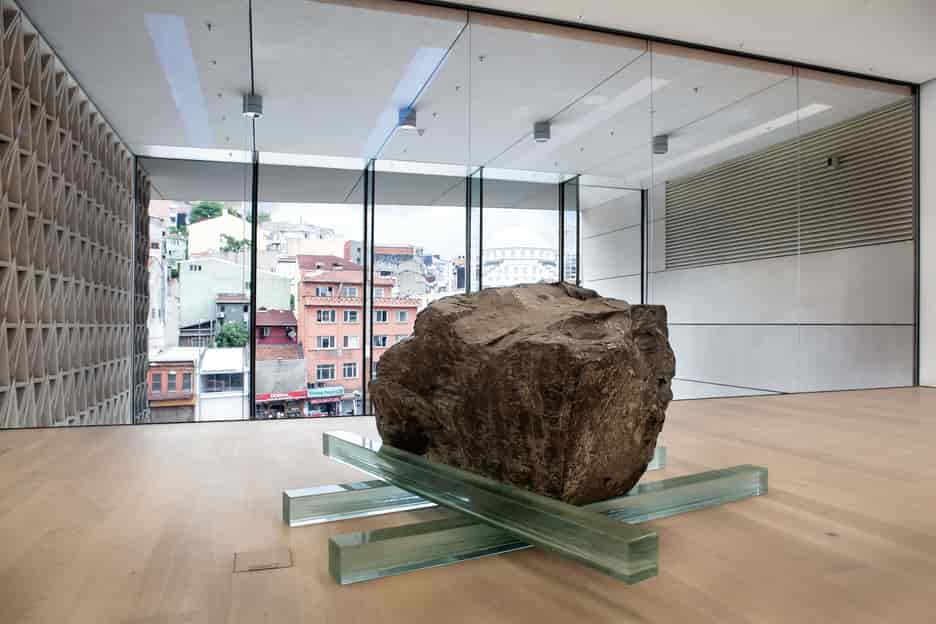
Ayse Erkmen, Blue Stone, 2019, rock found in the excavation site during the construction of Arter’s new building in Dolapdere
Letter from Istanbul
Invited Guests
John Parton
If the surrounding neighbourhood seems a bit bullied by the arrival of this glitzy new gallery, at least the art inside is managing to stand up for itself.
Artlaw
Death of a Gallery
Henry Lydiate
Blain|Southern’s sudden closure of its three gallery operations at London, Berlin and New York in February 2020 shocked the contemporary art world; the most immediate and practical questions for the gallery’s creditors are whether they will be paid what is owed and, if so, how.












